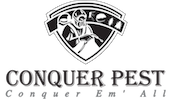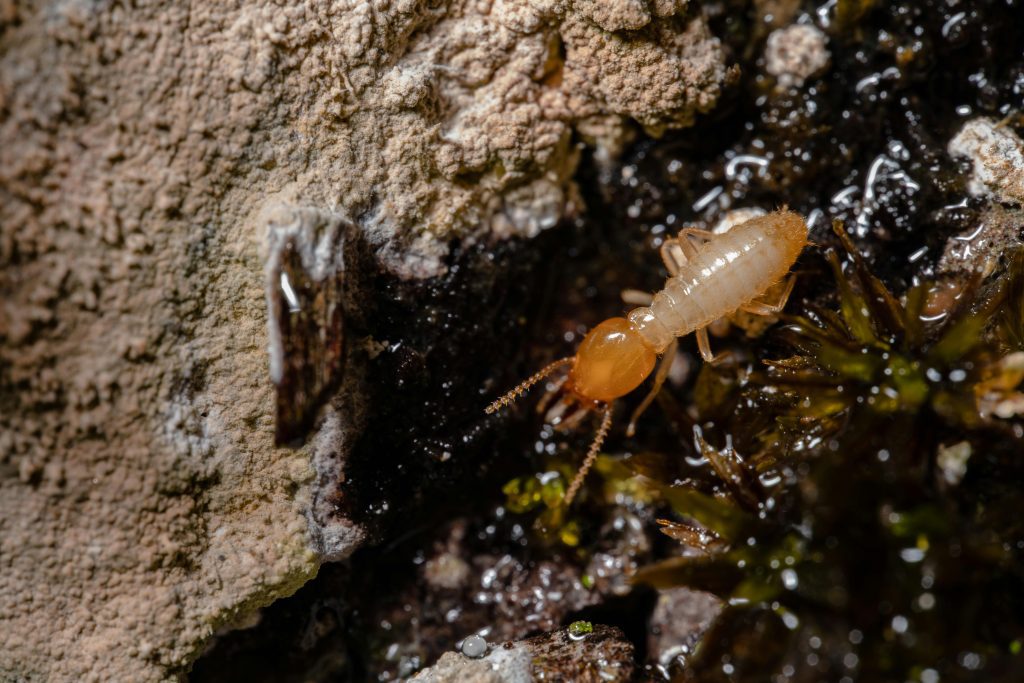3 Common Types of Termites Every Home and Business Owner Should Know About
Termites, often referred to as “silent destroyers,” are among the most damaging pests to homes and businesses. Their destructive capabilities are well-documented, and their infestations can lead to significant property damage, costly repairs, and disruption to daily life. As a homeowner or business owner, understanding the types of termites that may invade your property is critical in safeguarding your investment. In this article, we’ll explore three common types of termites in Singapore that every property owner should know about. We’ll also provide helpful tips on how to protect your property and how professional pest control services can assist in eradicating these pests.
Understanding Termite Behavior
Before diving into the specifics of different termite species, it’s essential to understand the general behavior of termites. These insects feed primarily on cellulose, a substance found in wood and plant matter. Their diet means they are typically drawn to wooden structures, including furniture, beams, and support posts in your home or office.
Termites live in colonies and have a complex social structure, which includes a termite king and queen, workers, soldiers, and swarmers. Each caste has a specific role to play:
- Worker termites are the most common and do the actual feeding, tunneling, and building.
- Soldier termites protect the colony from predators.
- Swarmers (flying termites) are responsible for reproduction and establishing new colonies.
Due to their highly organized system, termites can cause extensive damage before their presence is even noticed. This makes professional termite control an essential investment to ensure your property remains safe.
1. Subterranean Termites
Subterranean termites are the most common type of termites in Singapore and are responsible for a majority of infestations in both residential and commercial properties. As their name implies, they live underground in soil, where they maintain constant contact with moisture. Subterranean termites are especially dangerous because of their ability to build mud tubes, which they use to travel between their nests and food sources.
Key Characteristics:
- Mud tubes: These pests construct mud tunnels that run from the soil to wooden structures above ground.
- Moisture dependence: They need moisture to survive, which is why they often invade areas with high humidity or moisture.
- Destructive: These termites can weaken the structural integrity of your property by feeding on wooden beams, furniture, and more.
Signs of Infestation:
- Mud tubes along the foundation of your building or in wall cavities.
- Swarming termites, especially around light fixtures or windows.
- Hollow or damaged wood, which may have a soft, spongy texture.
If you suspect a subterranean termite infestation, it’s important to act quickly. Contact Conquer Pest for a thorough inspection and termite treatment plan tailored to your property.
2. Drywood Termites
Unlike subterranean termites, drywood termites do not require contact with the soil for survival. These termites live entirely within the wood they infest, making them harder to detect until significant damage has been done. Drywood termites are commonly found in wooden furniture, beams, and other dry wood sources, making them a serious concern for homeowners with wooden structures.
Key Characteristics:
- Wood-dwelling: Drywood termites create colonies within the wood they consume, which is often the most visible sign of infestation.
- Frass: They push out their droppings (frass) through small holes in the wood, often leaving small mounds that resemble salt or pepper.
- Silent damage: The damage caused by drywood termites can remain hidden inside walls and beams, making it harder to notice until it’s too late.
Signs of Infestation:
- Piles of frass near infested wooden areas.
- Tiny holes in wood structures, often near windows or doors.
- Visible damage inside wooden furniture, such as soft or hollowed-out spots.
Drywood termites are particularly concerning for homes with wooden furniture, cabinets, or structural elements. If you notice any of these signs, contact Conquer Pest to schedule a professional inspection.
3. Dampwood Termites
Dampwood termites thrive in high-moisture environments and are most commonly found in damp or rotting wood. They are less common than subterranean or drywood termites but can cause significant damage in properties with poor drainage, leaking pipes, or other moisture problems. These termites are particularly dangerous for homes with wooden structures near water sources, such as basements, attics, and garden fences.
Key Characteristics:
- Moisture-dependent: Dampwood termites require moist wood to survive and thrive in wet environments.
- Large colonies: These termites tend to form larger colonies than drywood termites, and their nests can be found in the ground or in decaying wood.
- No mud tubes: Unlike subterranean termites, dampwood termites do not build mud tubes; instead, they infest rotting wood directly.
Signs of Infestation:
- Wet, decaying wood with visible termite holes.
- Water damage to wooden beams, furniture, or structures.
- Unusual moisture accumulation around the building’s foundation or roof.
Dampwood termites are often found in areas with high humidity and moisture levels. Regular property maintenance, such as fixing leaks and improving drainage, can help reduce the risk of infestation. However, if you suspect dampwood termites are present, you should reach out to Conquer Pest for specialized treatment options.
How to Protect Your Property from Termites
While understanding the types of termites that may affect your property is essential, the next step is to implement preventive measures. Here are a few tips to help protect your home or business from termites:
1. Regular Inspections
Termite infestations can go undetected for months or even years. It’s crucial to schedule regular termite inspections to catch any signs of infestation early. Professional pest control specialists, such as those at Conquer Pest, use advanced tools and techniques to identify hidden termite activity.
2. Moisture Control
Termites are drawn to moisture. Ensure your property is dry by fixing any leaks in pipes, roof gutters, and around windows. Additionally, keep the foundation of your property clear of organic material like leaves and mulch, which can retain moisture.
3. Wood Treatment and Maintenance
Ensure that any wooden structures are treated with termite-resistant products. It’s also helpful to remove rotting or damp wood around your property, as termites are attracted to such environments.
4. Sealing Entry Points
Make sure that cracks and gaps around doors, windows, and the foundation are sealed to prevent termites from entering your property. Conquer Pest offers expert solutions for preventing termite entry through these vulnerable areas.
Why Choose Professional Termite Control?
While DIY termite treatments may seem appealing, they are often ineffective and can result in costly damage if left untreated. Professional termite control companies use specialized treatments to ensure that all termite species are eliminated from your property.
- Tailored Solutions: Pest control experts can recommend the best treatment methods, whether it’s termite baiting, chemical treatments, or fumigation.
- Preventive Measures: Professionals offer ongoing inspections and preventive advice to protect your property from future infestations.
- Expert Knowledge: Termite control requires specialized knowledge of termite behavior and the most effective eradication methods.
Conclusion
Termites are highly destructive pests that can cause significant damage to homes and businesses. Understanding the three most common types of termites—subterranean, drywood, and dampwood—can help you identify potential threats and take action before extensive damage occurs. Regular inspections, moisture control, and professional pest control solutions are essential to protect your property from termites. If you suspect a termite problem or want to learn more about preventive measures, Conquer Pest is here to help with effective and eco-friendly termite control solutions.
For more information or to schedule an inspection, visit our Pest Control page or contact us directly here.



